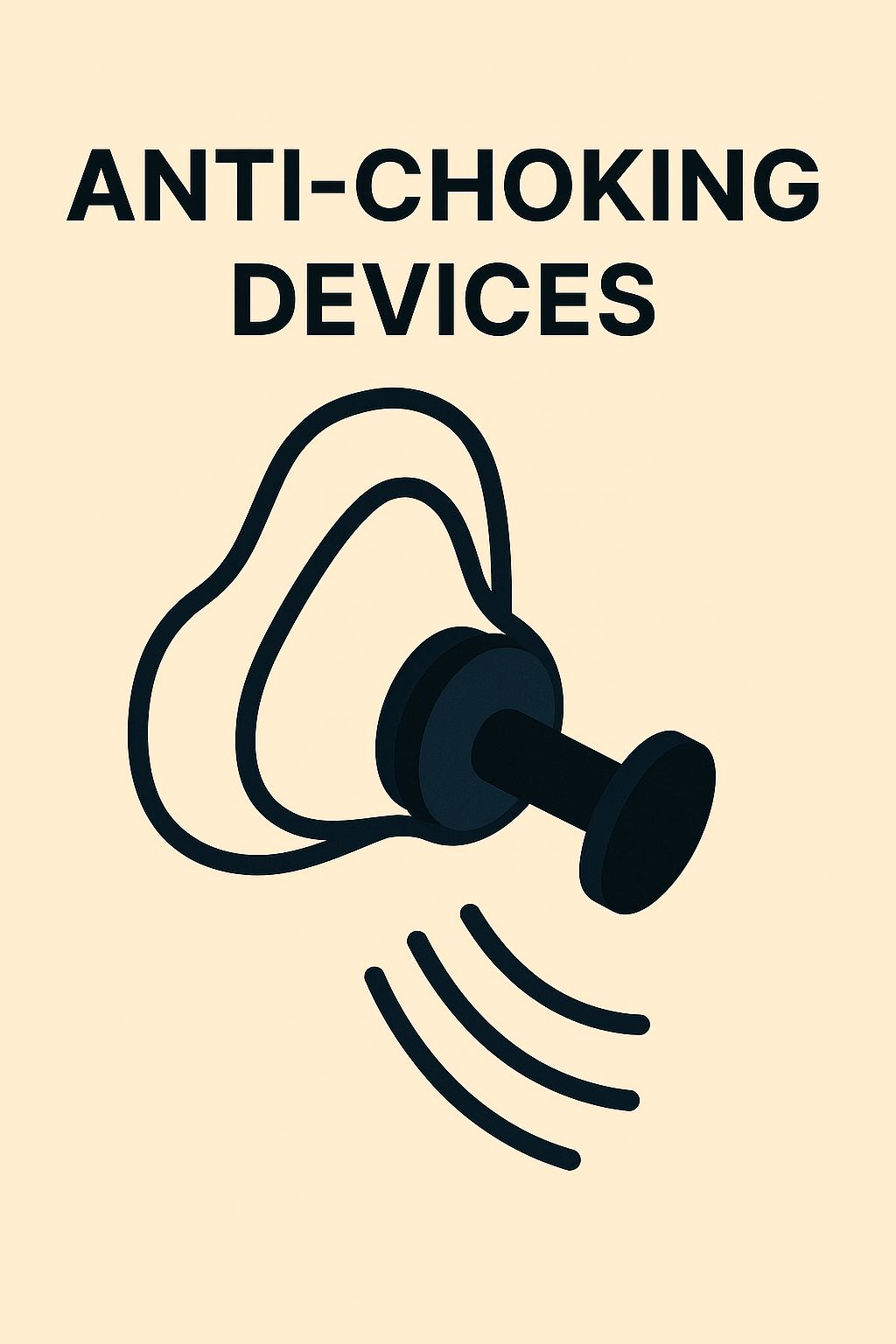
Newsletter Subscribe
Enter your email address below and subscribe to our newsletter

Enter your email address below and subscribe to our newsletter


Anti-choking devices like LifeVac and Dechoker are revolutionizing emergency response for choking incidents. These portable suction devices offer an alternative when traditional methods like the Heimlich maneuver fail. But how effective are they—and should you consider keeping one at home?
Choking is a sudden and serious emergency. Within minutes, a blocked airway can escalate from discomfort to a life-threatening crisis. The Heimlich maneuver (abdominal thrusts) has long been the standard technique for dislodging obstructions, but it’s not always effective—or physically feasible—for every person or situation.
In recent years, a new category of rescue devices has entered the scene: anti-choking suction tools like LifeVac and Dechoker. Designed for situations where conventional methods fail or can’t be used, they’ve attracted interest from caregivers, parents, schools, and even some emergency responders.
In 2022, over 5,500 people in the U.S. died from choking—making it the fourth leading cause of unintentional injury death that year (Statista). Some groups are especially vulnerable, including:
Devices like LifeVac and Dechoker are gaining adoption in schools, public facilities, and private homes, and some municipalities have begun requiring their presence in communal settings.
Both devices rely on manual suction to help dislodge a blockage. While similar in function, they differ in design:
The mechanism is non-invasive and does not enter the airway. Instead, the device creates a vacuum seal over the mouth and nose, aiming to pull the obstruction out in one or more attempts.
These devices are a relatively new addition to first-aid kits. LifeVac was invented in 2012 by Arthur Lih after hearing about a child who choked on a grape and died. Lih set out to design a device that could assist when the Heimlich was not effective.
Dechoker, developed around the same time, shares a similar mission and target audience: to serve as an emergency backup when abdominal thrusts can’t be performed—whether due to disability, body size, age, or physical limitations.
Both products are registered as Class II medical devices with the U.S. Food and Drug Administration (FDA). However, the medical community remains cautious. While the devices have reportedly saved hundreds of lives—based on manufacturer-submitted case reports—large-scale, peer-reviewed clinical trials comparing them to traditional first aid are still lacking.
Sources of current evidence include:
Until more comprehensive research is available, many medical organizations do not yet include these devices in official CPR or first-aid guidelines.
In 2022, a five-year-old girl with Down syndrome began choking on bread at a play center in the United Kingdom. Paramedics attempted the Heimlich and other standard techniques without success.
A bystander—who had a LifeVac device in his car—was granted permission to use it. On the fourth attempt, the obstruction was cleared. The child regained consciousness and was later confirmed by hospital staff to be stable. Her mother stated that doctors told her the device had saved her daughter’s life.
Source: LifeVac.net – Saved Lives
These devices are not a replacement for CPR or first-aid training, but they may serve as a valuable backup option—especially for high-risk households or workplaces. They typically cost between $60 and $80 and are marketed for use on adults and children (some models come with different mask sizes).
The rise of devices like LifeVac and Dechoker highlights a broader shift in how technology is being used in first response. As innovation accelerates, we may see:
But the central question remains: can technology truly replace trained human response, or should it only supplement it?
If you’re considering adding one of these tools to your home, school, or workplace:
These tools may offer peace of mind—but training, preparation, and vigilance remain the front line of protection.
For Personal Reflection:
For Broader Discussion:
About Resource Story: We bridge the gap between complex systems and practical solutions for families, professionals, and communities. Our focus is on approaches that work within real-world constraints, not perfect circumstances.